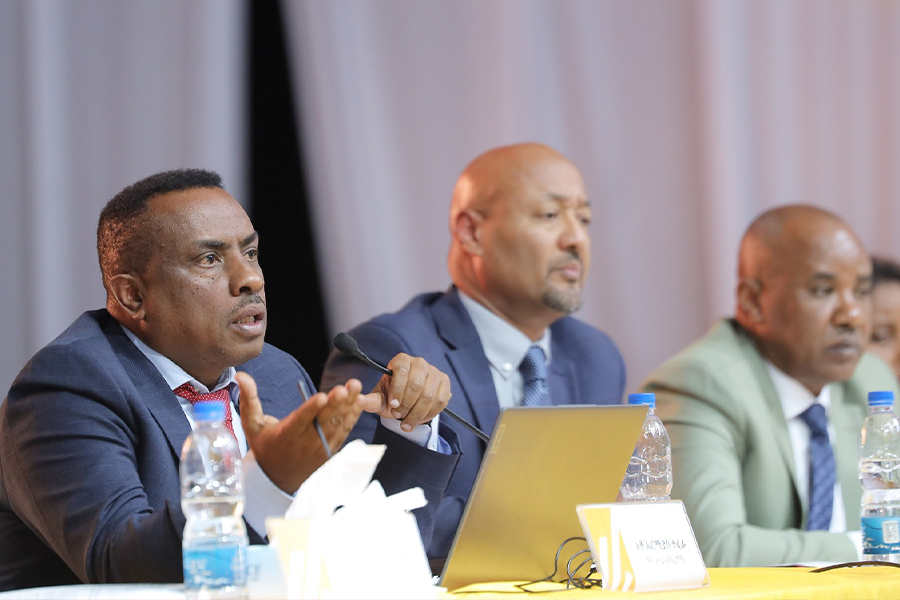
A group of young boys, dressed in tattered clothing, huddle around a traffic light asking passing drivers for spare change, around the C.M.C. area near the Salite Miheret Church. They are cautious while trying to avoid the attention of nearby police officers.
One of them is Tamrat Kassa, 21, from Kombolcha town, Amhara Regional State. He fled his grandmother's home, 364Km from the capital, seeking refuge from physical and emotional abuse, hoping for a better life. It has been seven years. Tamrat spent his days collecting recyclable plastic bottles for sale and his nights sleeping on the streets until security forces began cracking down on homelessness about a year ago.
"It feels surreal when the beatings jolt you awake," Tamrat told Fortune.
About 30 youths aged between 13 and 22, primarily runaway children from Dessie and Kombolcha towns, created a shelter under a crossing bridge in Wereda 7, Bole District, as a refuge from the harsh realities outside. The small, partially dry corner where Tamrat and his friends rested their heads was flooded four weeks ago while 18 of them slept, as heavy rainfall unexpectedly poured through the night.
"I lost 13 friends that night," he said, tears welling up in his eyes.
However, the Addis Abeba Fire & Disaster Risk Management Commission reported discovering four bodies. Tamrat and the remaining survivors spent the following day searching for their lost companions with no luck. Despite the tragedy of that forsaken night, they continue to sleep in makeshift accommodations with the river flowing beneath them.
"We have nowhere else to go," Tamrat said. "I can neither read nor write."
Throughout much of its history, floods during heavy rainfall have been recurring in areas downstream of the seven rivers meandering through Addis Abeba, impacting communities residing along the riverside.
The Sahlitemeret Area, where a tragic accident occurred a few weeks ago, stands as a testament to this reality. A network of tributaries stemming from the Kotebe River winds through mountainous terrain across the Yerer Ber area down to the Aba Samuel dam, nearly 15Km from the Gelan area, passing through several districts along a steep route.
A lifelong resident of the neighbourhood, Tewodros Mamo, 32, attests that all locals are well aware of the tendency for the network of rivers originating from higher plateaus to flood during the winter months.
"We avoid using the bridges," he said.
Tewodros notes that as more people settled in the area, wooden bridges were replaced with concrete and cement, albeit with a few drowning incidents occurring over the years as individuals attempted to swim.
"No one should be seeking shelter under the bridges," he said.
Addis Abeba experiences rainfall in two seasons, with the major one occurring between June and September, constituting nearly 70pc of the annual rainfall of about 1,400mm. It has witnessed intense flooding on two notable occasions recorded in history: in 1978, claiming the lives of 12 people and destroying nearly 56 homes, and later in 1994, rendering 3,000 people homeless. These incidents were triggered by an overflow from the Little Akaki and Bantyiketu rivers.
Over successive decades, various government agencies have been tasked with managing flood risks in the capital. Following the 1994 catastrophe, a now-defunct Flood Control & Prevention office was established. It oversaw the construction of crossing bridges and protective walls across most tributaries, although these structures occasionally succumb to overflow.
For the past four years, the Addis Abeba Fire & Disaster Risk Management Commission has distributed a list of high-risk areas to eight government bureaus. Yikfelew Woldemeskel, deputy commissioner and head of the Risk Minimisation Department, identifies the public's widespread mismanagement of drainage systems as an issue. He said the accumulation of solid waste obstructs passages which exacerbates risks due to settlement patterns in certain areas.
Yikfelew believes the corridor development project is poised to alleviate some of these issues. This ambitious initiative, covering 47.5Km and comprising five corridors, aims to enhance the city's infrastructure by mitigating risk factors.
He said the 900-member-strong disaster intervention team has been instrumental in rescuing nearly 25 people over the past few weeks. However, Yikfelew denounced a troubling trend in the construction industry: the clandestine dumping of debris and soil into small rivers. He argues that the substantial volumes of solidified construction debris disrupt natural river flow and lead to inundation in neighbouring communities.
"This level of disregard is deeply alarming," he said. "We'll hold those responsible accountable."
The Commission has identified 135 high-risk areas this year and distributed them to different agencies based on their administrative capacities, with 71 locations assigned to the Addis Abeba City Roads Authority (AACRA).
Asnake Adraro (PhD), director of road asset management, disclosed that a citywide campaign to cleanse the drainage system commences a few weeks before winter each year. He said to have discovered debris in the drainage network, from car tyres to plastic bottles and khat.
"It's not an issue of the network's capacity," Asnake said. "Improper waste management is at the core of the problem."
Asnake observes a concerning practice where toilet facilities are directly connected to the drainage system due to a lack of awareness. He recalled an incident at Mekane Yesus Seminary School, on Guinea Bissau St, where flooding ensued due to the disposal of construction debris into a nearby Akaki River.
"There's a serious negligence problem," he said.
Following the Commission's recommendation, the Authority has initiated the reinforcement of several bridges across the 11 districts and embarked on supervisory visits to drainage systems near riverside settlements as the rainy season approaches. Yinunew Getachew, a Geographic Information System specialist at the Authority, said proper inventory of the drainage network commenced around five years ago. He attributed discrepancies between the drainage network and road infrastructure to the city's historical road construction practices and inadequate record-keeping.
"There is difficulty in data management," Yihunew said.
The drainage network, spanning 2,860Km and comprising nearly a third of the road network, is a compilation of data collected by a consultant who departed mid-study four years ago, alongside the Authority's assessment.
A flood control project, developed in partnership with the Japan International Cooperation Agency (JICA) nearly three decades ago when the population was estimated at around 1.8 million, underscores the inevitability of flooding in Addis Abeba without proper protection measures. The plight is concerning given the presence of upper catchment areas at elevations as high as 3,200m.
With the rapid expansion of settlements and population, the study stressed the urgent need for flood protection mechanisms such as retention walls around the eastern part of the Little Akaki and Upper Kebena rivers. The 'Beautifying Sheger' project was initiated in 2020 with 60 million dollars funded by the Chinese government. For a 56Km riparian corridor, the project is currently in its second phase under the supervision of the Addis Abeba Urban Beautification & Green Development Bureau. This bureau also shares the responsibility of mitigating floods in high-risk areas as designated by the Commission.
Endesahw Ketma, deputy head of the Bureau, said they are in the process of assessing the details of high flood-risk areas for the year. He said the bureau's commitment to constructing a 25m buffer around locations near rivers is a preventive measure.
"We won't be able to address all sites simultaneously," he told Fortune.
Over the past month, unprecedented heavy rainfall has battered East Africa, leading to devastating floods in Burundi, Kenya, Rwanda, Somalia, and Tanzania, affecting nearly 637,000 people. In Ethiopia, around 70,000 individuals have been impacted in the Somali and Oromia regional states.
To address this pressing issue, the Ministry of Water & Energy, the Ethiopian Disaster Risk Management Commission, and the Ethiopian Meteorology Institute are teaming up on a 300 million-dollar flood management project, funded by the World Bank. Despite these efforts, research conducted by the Woodwell Climate Research Center warns of an increased risk of flooding in Addis Abeba over the next six decades due to climate change and the settlement of nearly 67pc of the population in areas prone to flooding.
Water resource management experts suggest that Addis Abeba's flooding issues can be effectively managed with more strategic approaches, given the predictable nature of the annual rainfall.
Mamo Kassegn, a hydro-meteorologist with nearly four decades of research on the capital's water resources, asserts that the increased flooding is primarily a result of land use rather than escalated rainfall due to climate change. He said the expansion of urban settlements has led to the diversion of water, which would have previously evaporated or seeped underground, toward lower elevations.
"Thoughtful urban design could mitigate the extent of damage," he told Fortune.
While acknowledging the role of clogged drainage networks in exacerbating flooding on main roads, Mamo attributes the surge in incidents to settlements that are incompatible with the intricate network of tributaries.
Addis Abeba's location at the foot of Entoto mountain, which serves as part of the watershed for the Awash River, along with numerous small tributaries feeding into it, is a perpetual source of flood risk. According to Mamo, implementing a manhole every 200m along main roads, conducting extensive education on proper household waste disposal into drainage systems, and enhancing design standards for the network would alleviate the damage.
"After all, the water needs a place to go," he said.
PUBLISHED ON
May 11,2024 [ VOL
25 , NO
1254]

Commentaries | Oct 25,2025
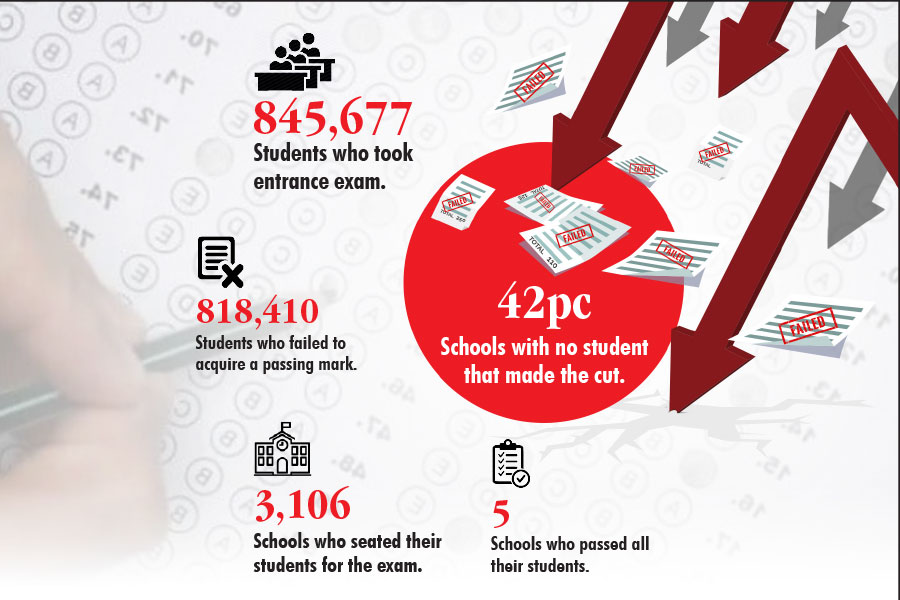
Fortune News | Oct 21,2023

Radar | Jul 18,2020
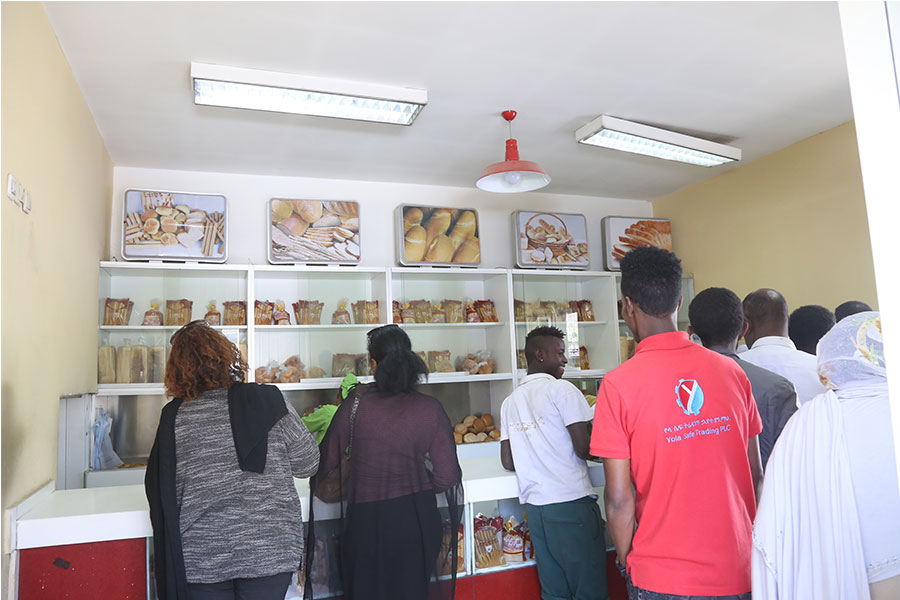
Agenda | Feb 09,2019
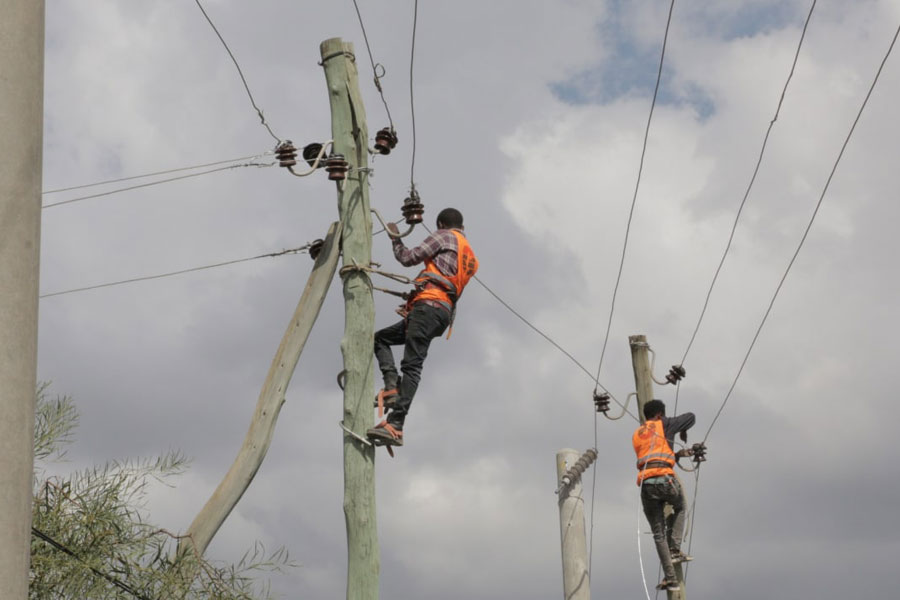
Fortune News | Sep 23,2023
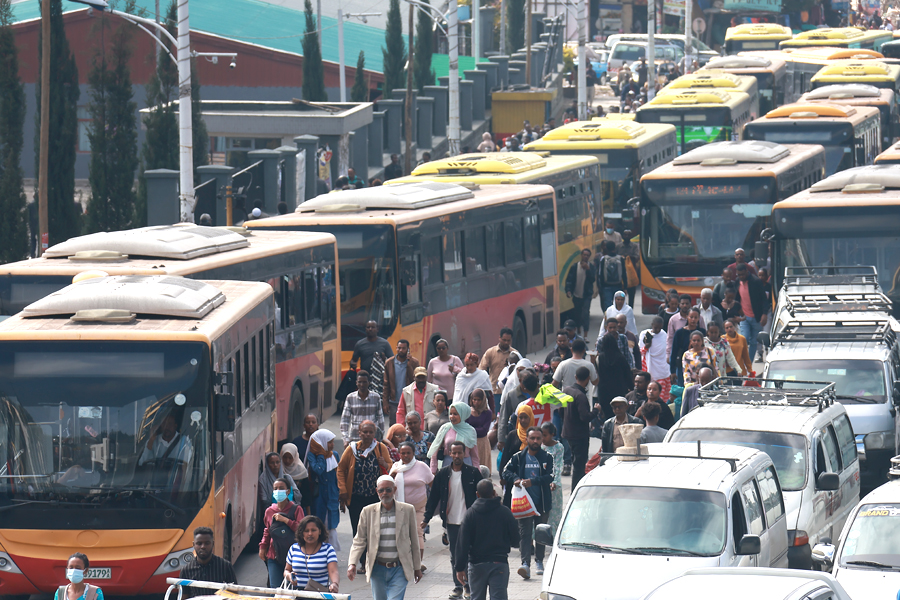
Agenda | Nov 04,2023

Viewpoints | Jun 08,2019

Radar | Oct 31,2020

Fortune News | Jul 22,2023
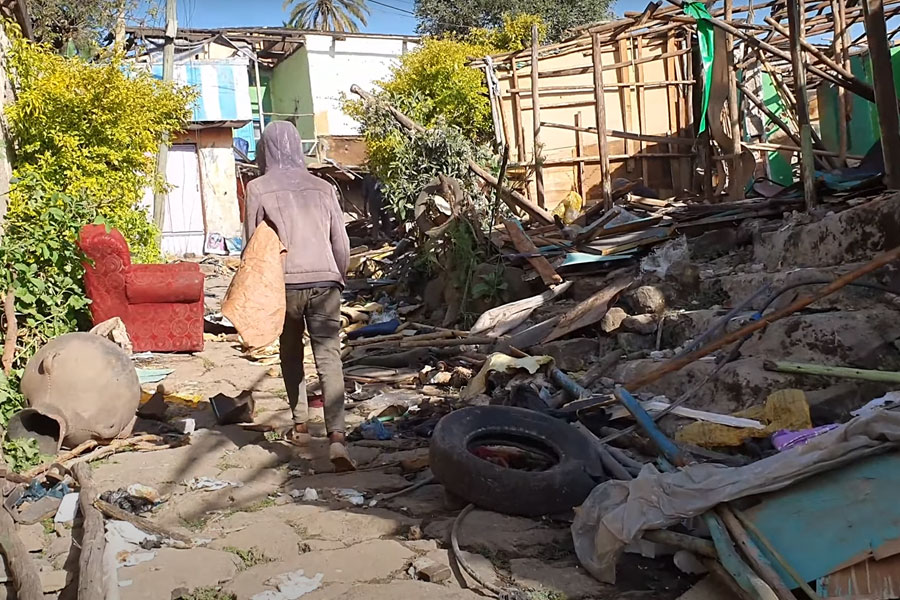
Agenda | Mar 23,2024

Dec 22 , 2024 . By TIZITA SHEWAFERAW
Charged with transforming colossal state-owned enterprises into modern and competitiv...

Aug 18 , 2024 . By AKSAH ITALO
Although predictable Yonas Zerihun's job in the ride-hailing service is not immune to...

Jul 28 , 2024 . By TIZITA SHEWAFERAW
Unhabitual, perhaps too many, Samuel Gebreyohannes, 38, used to occasionally enjoy a couple of beers at breakfast. However, he recently swit...

Jul 13 , 2024 . By AKSAH ITALO
Investors who rely on tractors, trucks, and field vehicles for commuting, transporting commodities, and f...

Oct 25 , 2025
The regulatory machinery is on overdrive. In only two years, no fewer than 35 new pro...

Oct 18 , 2025
The political establishment, notably the ruling party and its top brass, has become p...

Oct 11 , 2025
Ladislas Farago, a roving Associated Press (AP) correspondent, arrived in Ethiopia in...

Oct 4 , 2025
Eyob Tekalegn (PhD) had been in the Governor's chair for only weeks when, on Septembe...